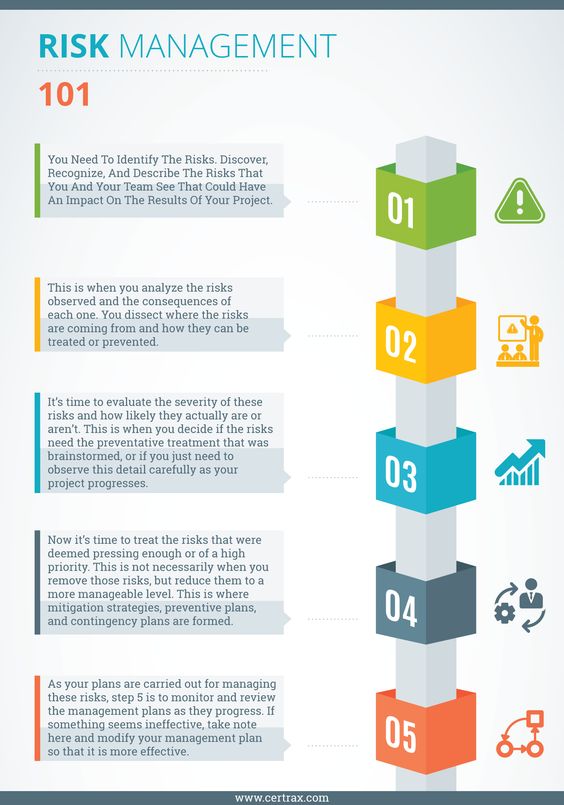Understanding Risk
Risk management is the process of identifying, assessing, and controlling potential threats to an organization or individual. It is an essential part of any business, as it helps to reduce the likelihood of unexpected events that could have a negative impact. Risk management can help to protect an organization from financial losses, legal liabilities, and other risks that could harm its reputation or operations.
Identifying Risks
The first step in risk management is to identify potential risks. This can be done through a variety of methods, such as analyzing past incidents, conducting surveys, and conducting interviews with stakeholders. Once risks have been identified, they should be assessed to determine their potential impact and likelihood of occurring.
Assessing Risks
After risks have been identified, they must be assessed to determine their potential impact and likelihood of occurring. This can be done through a variety of methods, such as analyzing past incidents, conducting surveys, and conducting interviews with stakeholders. The assessment should also take into account any potential mitigation strategies that could be implemented to reduce the risk.
Analyzing Risks
Once risks have been identified and assessed, the next step is to analyze them. This involves looking at the potential impact of each risk and determining the most effective way to mitigate or reduce it. This can include implementing preventive measures, such as introducing new policies or procedures, or taking specific actions to reduce the likelihood of the risk occurring.
Evaluating Risks
After analyzing the risks, the next step is to evaluate them. This involves looking at the potential impact of each risk and determining the most effective way to mitigate or reduce it. This can include implementing preventive measures, such as introducing new policies or procedures, or taking specific actions to reduce the likelihood of the risk occurring.
Developing Risk Management Plans
Once risks have been evaluated, the next step is to develop a risk management plan. This involves creating a strategy for managing the risks and outlining the steps that need to be taken to reduce or mitigate them. The plan should include specific actions that need to be taken, as well as a timeline for when they should be implemented.
Implementing Risk Management Plans
Once a risk management plan has been developed, the next step is to implement it. This involves taking the necessary steps to reduce or mitigate the risks, such as introducing new policies or procedures, or taking specific actions to reduce the likelihood of the risk occurring.
You might find these FREE courses useful
- Program Risk Management in ClickUp
- Risk Management in Personal Finance
- Investment Risk Management
- Market Risk Management: Frameworks & Strategies
- Credit Risk Management: Frameworks and Strategies
- FinTech Risk Management
- Implementing a Risk Management Framework
- Risk Management Specialization
Monitoring Risks
Finally, it is important to monitor the risks on an ongoing basis. This involves regularly reviewing the risk management plan and assessing its effectiveness. It is also important to keep track of any changes that could affect the risks and adjust the plan accordingly.
